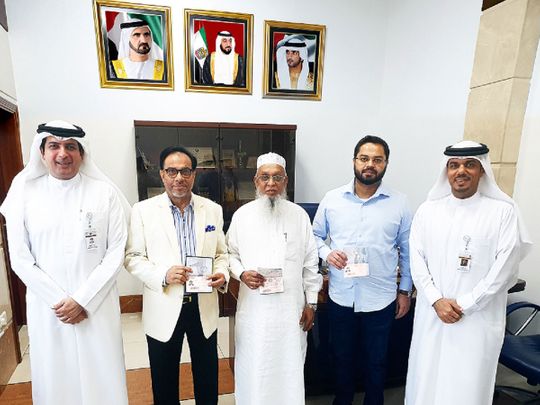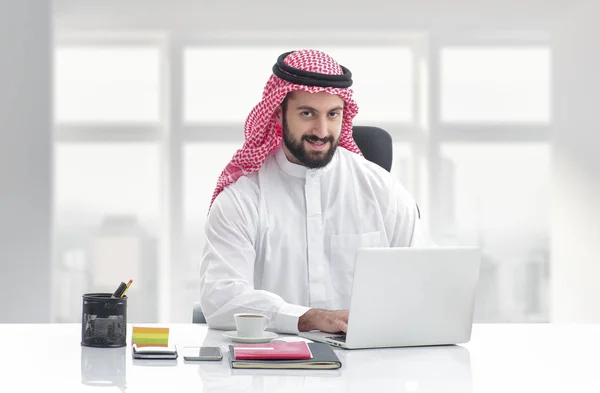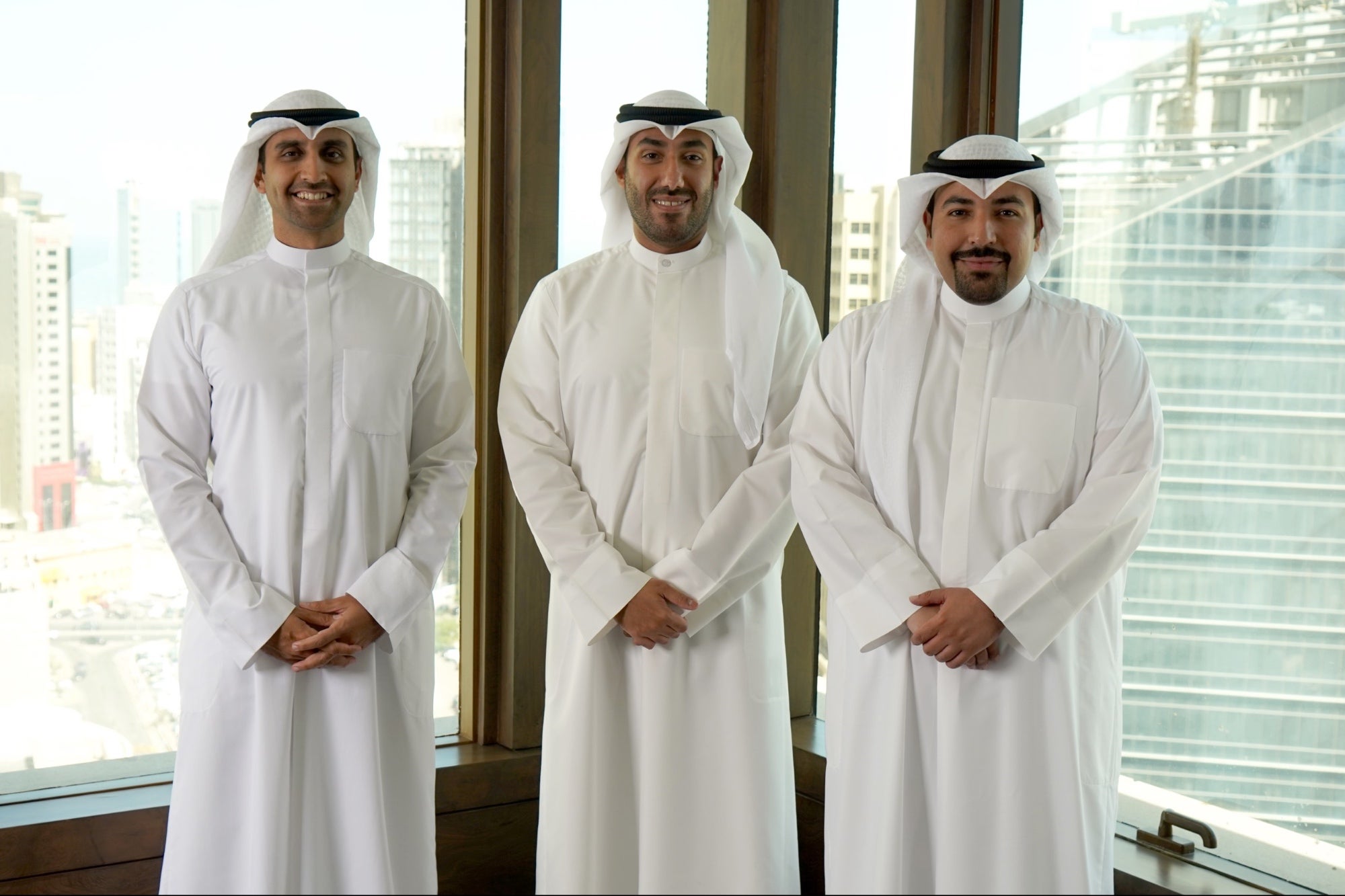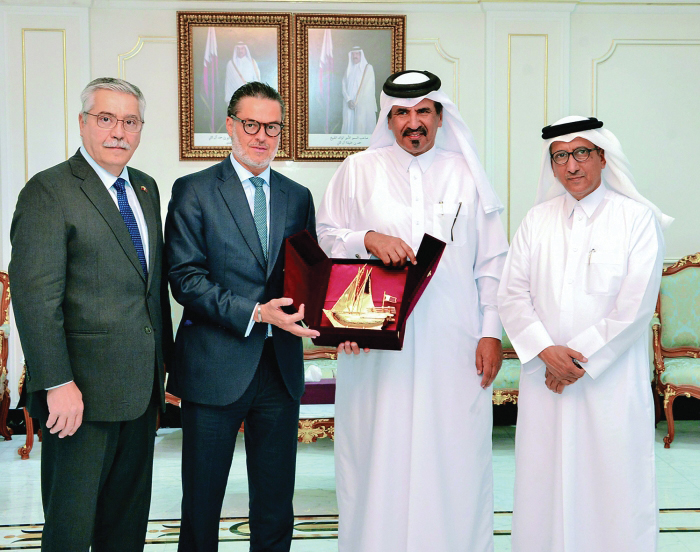We Offer An Effective Wide Area Business solutions

United Arab Emirates
In the United Arab Emirates, there are at least three SWFs: Mubadala, Emirates Investment Authority (EIA) and the most powerful of them, the Abu Dhabi Investment Authority (ADIA). Founded in 1976, the latter would have had, shortly before the 2008 crisis, nearly $1 trillion invested in all asset classes. This amount is now estimated at $800 billion, which still makes it the largest investment fund in the region. It is funded by payments from financial surpluses from oil exports. Although its interest in emerging countries seems to be growing, Europe and North America represent about three-quarters of the fund's assets invested abroad. The new strategies aim to strengthen Asia's influence. Mubadala, a fund wholly owned by the Emirate of Abu Dhabi and placed under the authority of Crown Prince Sheikh Mohamed Bin Zayed, would have nearly $226 billion in assets. Its main mission is to invest its resources in projects that are structuring and strategic for the Abu Dhabi economy, with energy, major infrastructure projects and aeronautics at the forefront, in partnership with the major international companies that contribute their savoir faire, technologies and capital. Mubadala holds direct stakes in industrial groups considered important for the Emirate's development: aeronautics (Piaggio Aero), ICT (with operator Du), private equity and venture capital (Carlyle and GE), microelectronics (ATIC and AMD) and tourism (with the American chain Viceroy). To improve efficiency, Mubadala has recently merged with two other SWFs, Abu Dhabi Investment Council and Aabar, which are more focused on industrial assets.

Saudi Arabia
In Saudi Arabia, the Public Investment Fund (PIF) manages approximately $360 billion in assets. It plays an important role in the implementation of the economic diversification plan "Vision 2030". The role of the PIF consists, on the one hand, in financing investments with a secure and sustainable profitability in order to support future Saudi generations who will no longer be able to rely on oil revenues, and on the other hand in quickly financing projects that will structure the Vision 2030. It acts as a government investment agency and strategic investment fund, holding financial interests in many national and private companies. With local and international expertise, the PIF also finances strategic projects in Saudi Arabia as well as direct investments abroad. The fund's philosophy is above all based on the search for performance. It should obtain part of the funds raised by Aramco's initial public offering or the sale of SABIC (Saudi leader in petrochemicals, in which it holds 70%) to boost its development based on the model of Emirati, Singaporean or Norwegian SWFs. Internally, it is PIF that leads the vision of the three flagship projects of Vision 2030: the futuristic Neom city at 500 billion dollars, the leisure city and the Red Sea tourism project. The Saudi Arabian Monetary Agency (SAMA), founded in 1952, aims to stabilize the country's monetary system and manage the Kingdom's foreign exchange reserves. It now manages some $500 billion in assets, a large portion of which are liquid assets.

Kuwait
The other Gulf countries are part of this movement. Among them, the Kuwait Investment Authority (KIA), the world's oldest SWF, is estimated to have approximately $592 billion in assets under its management. Each year, the fund is replenished with an amount equivalent to 10% of Kuwait's income. KIA manages both the general reserve, which itself manages the State's participation in major groups, both public and private, and the fund for future generations, which is fully invested outside the region, particularly in North America, Europe and more recently in Asia (China in particular). Its strategy is to remain a minority shareholder, and thus never to exceed the 5% threshold of the capital of a publicly traded company. KIA's assets in France are estimated at around 6 billion dollars (real estate assets, equities and bonds combined).

Qatar
In Qatar, the Qatar Investment Authority (QIA), created in 2005, is estimated to have $320 billion in assets, thanks to the country's huge natural gas reserves. This influx of funds and the diversity of holdings prompted QIA's management to create different entities within the fund: Qatar Holding (for foreign holdings), Qatari Diar (real estate sector), Qatar mining (mining), Hassad Food (agricultural land) and Katara hospitality (hotels). Qatar has minority stakes in many large French companies, including Total, LVMH and Vivendi. Abroad, the Emirate holds shares in the British bank, Barclays and the Swiss, Credit Suisse (more than 5%). Emerging countries now offer the most attractive growth prospects for SWFs. QIA is now largely focused on the MENA/Africa region and devotes 21% of the funds invested to it. Not to mention Asia, which accounts for 14% of its investments. Nevertheless, QIA remains strongly committed to its domestic market. The Qatari sovereign fund is the major shareholder of very large companies such as Qatar Airways, Qatar National Bank or Ooredoo (formerly Q‑tel).

Bahrain and Oman
Finally, Bahrain created Mumtalakat in 2005, its own SWF which currently holds more than $30 billion in assets and which today focuses mainly on supporting local economies. The Sultanate of Oman, for its part, created the State General Reserve Fund (SGRF) in 1980, which holds $30 billion in assets, and participates in the economic development of the Sultanate, particularly in the industrial sector, tourism and renewable energies. It also invests directly or through funds in Asia, the United States and Europe.
Diversification strategies
Their evolution
These funds all pursue, without exception, economic and financial objectives. But these can be of a different nature. It may be a question of:
- stabilization funds: income from financial investments that offsets the increase in raw materials and makes it possible to fill any budget deficits, as SAMA did in Saudi Arabia;
- Future generation funds: oil resources are more diversified asset income that are hoarded for future use;
- Development funds: whose mandate is to invest massively in domestic infrastructure in order to increase the potential for economic growth and attractiveness.
Sophistication
Regarding their investment strategy, financial institutions have long been among the priorities of SWFs. This is evidenced by the investments made since the end of 2007 in banks, asset managers, brokers and stock exchanges. ADIA thus holds 4.9% of Citigroup's share capital and 40% of Apollo Management, while Mubadala holds 7.5% of Carlyle Group. QIA acquired more than 25% of the capital of the London Stock Exchange and 6% of Credit Suisse. But the other sectors of activity, particularly the industrial one, are also in the sights of SWFs. This “bulimia” is explained by the need to diversify their portfolio (QIA in Porsche and Sainsbury's, the British retail giant). Moreover, it is important to note that the oldest funds such as ADIA or KIA have reached such a degree of sophistication and performance that they could even do without the oil windfall and earn interest exclusively on the dividends they receive. Some disposals have taken place but mainly motivated by their desire to have a more dynamic approach to their portfolio. This financial autonomy gives them the ability to adapt to complex economic conditions and allows them to find appropriate solutions without having to call on the government's funds.Local development fund and focus on the Middle East
It is also in this logic that local development funds are created. Indeed, the objective is not to invest the profits from commodity rents in assets in Europe or the United States, but to allow the local economy to develop. This requires real ambitions for the capture of savoir faire, the recovery of patents, a desire to influence the strategy of the companies in whose capital they have invested, but also to develop a local industry and to acquire their own research capacity. This refocusing has made it possible to develop major local players that have acquired a regional or even global dimension (in telecoms with Oredoo, Etisalat, and also with the world leading petrochemical enterprise, the Saudi Arabian SABIC or in airlines with Etihad or Qatar Airways).New technologies, infrastructures and major projects
In recent years, SWFs have diversified from traditional investments and are moving towards new technologies. Thus, in 2011, SWFs investments in technology were close to $600 million. By 2014, they had reached $3 billion in about 20 transactions. They have invested around $1.5 billion in about ten technology start-ups. In 2014, four SWFs, including Mubadala, accounted for three-quarters of SWFs investments in technology. Funds invest directly in companies or specialized private equity funds that in turn invest in technology companies. A global quest where they do not hesitate to invest in companies of all sizes and from all over the world, especially emerging countries. Mubadala or PIF are giving increasing attention to artificial intelligence, biotechnologies, fintech and in particular blockchain. For example, the PIF acquired 5% of Uber's shares for $3.5 billion, the PIF also invested alongside the Japanese SoftBank to launch Vision Fund, the world's largest technology fund with an expected size of $100 billion (PIF: $45 billion, Mubadala: $15 billion). Internally, it is also the PIF that brings the three flagship projects of Vision 2030: the futuristic Neom city at 500 billion dollars, the leisure city or the Red Sea tourism project.SWFs challenges
The crisis has led SWFs to rethink their investment strategies by diversifying both assets and target regions of the world. Before being saviors of distressed companies or long-term financial support, SWFs are first and foremost wise investors who do not hesitate to give up securities or reduce their share of capital if the prospect of capital appreciation is significant or if the volatility of the securities is such that it requires a rapid sale. It is important to note that the fall in the price of oil since 2014 has had repercussions on the strategies of some funds, which have been encouraged to actively participate in financing the budget deficit, thereby reducing their room for manoeuvre. Indeed, profound changes in the organization of Gulf SWFs have been observed in recent years. Two types of funds coexist:- Future generation funds, focusing on performance, long-term and foreign investment, particularly in Europe, the US and Asia;
- Funds whose main purpose is local economic development. Foreign investments are driven by their impact on their economies, particularly in terms of technology transfer or wealth creation, as illustrated by the emergence of sectoral funds such as Hassad Food (in agriculture and food security), QSI (in sport), Qatari Diar (in real estate), Katara hospitality (in luxury hotels) and TAQA (in power plants and upstream oil).
- Some funds have set up an organization that allows them to pursue both objectives.






